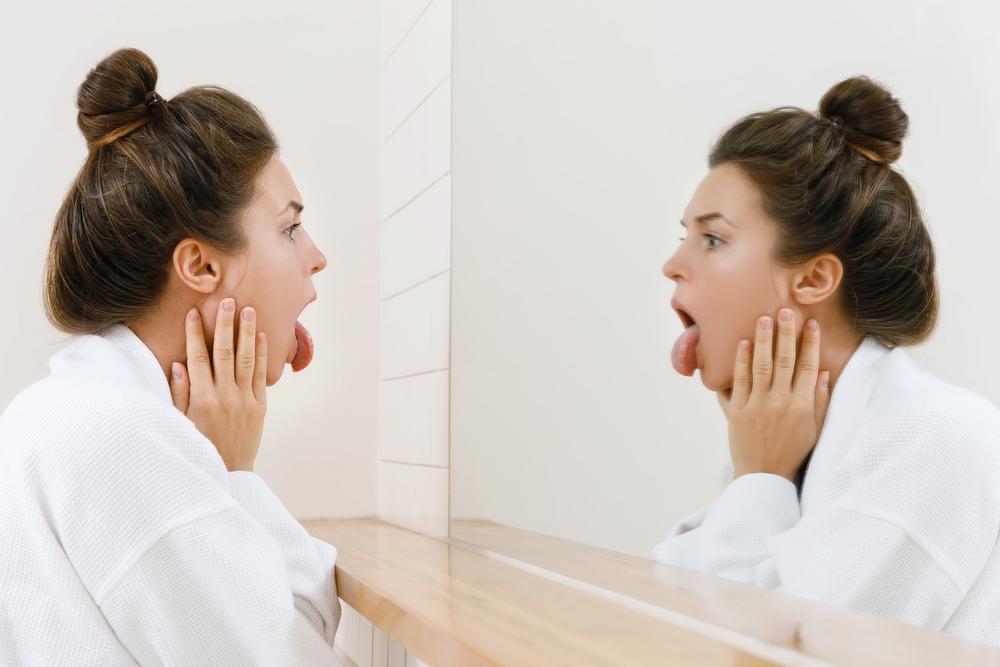Iron is a vital trace mineral that your body needs to function normally. Being too low on iron makes it difficult for your body to produce and maintain enough healthy red blood cells in the bloodstream, which is essential in providing energy for everyday activities. While it’s rare to lose a life to an iron deficiency, it may become severe enough to interfere with daily life if left untreated.
The symptoms of an iron deficiency might be hard to spot. Nonetheless, a combination of some of these 10 signs might mean it’s time for you to take a blood test to see if you should start rebuilding your iron supply.






